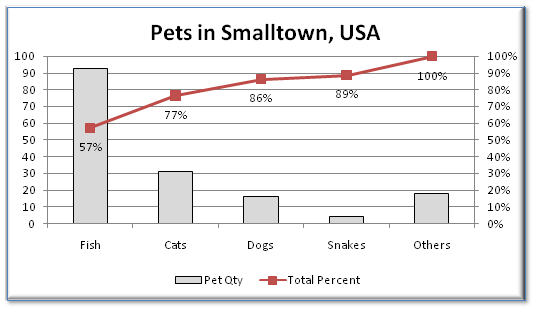Why ‘Pulling Out All the Stops’ is Very Bad Thing
There’s an old expression about ‘pulling out all the stops’ to get something accomplished. It basically means doing everything within your power to make sure that a task is completed. Where Does This Expression Come From? Now, before I dive into why this is a bad thing in a Lean Read more…











